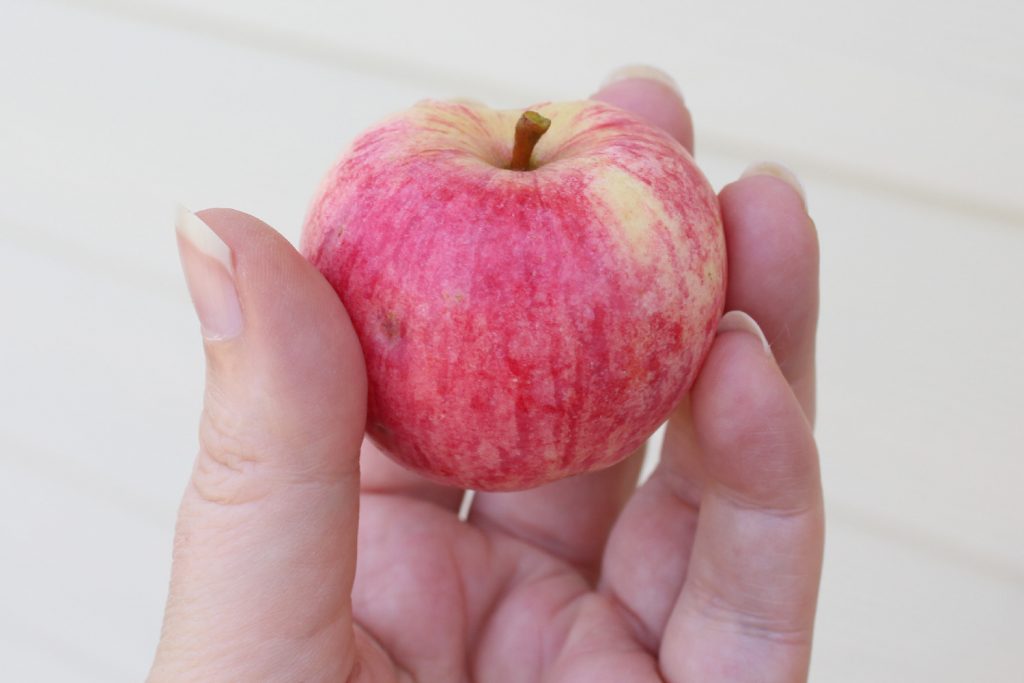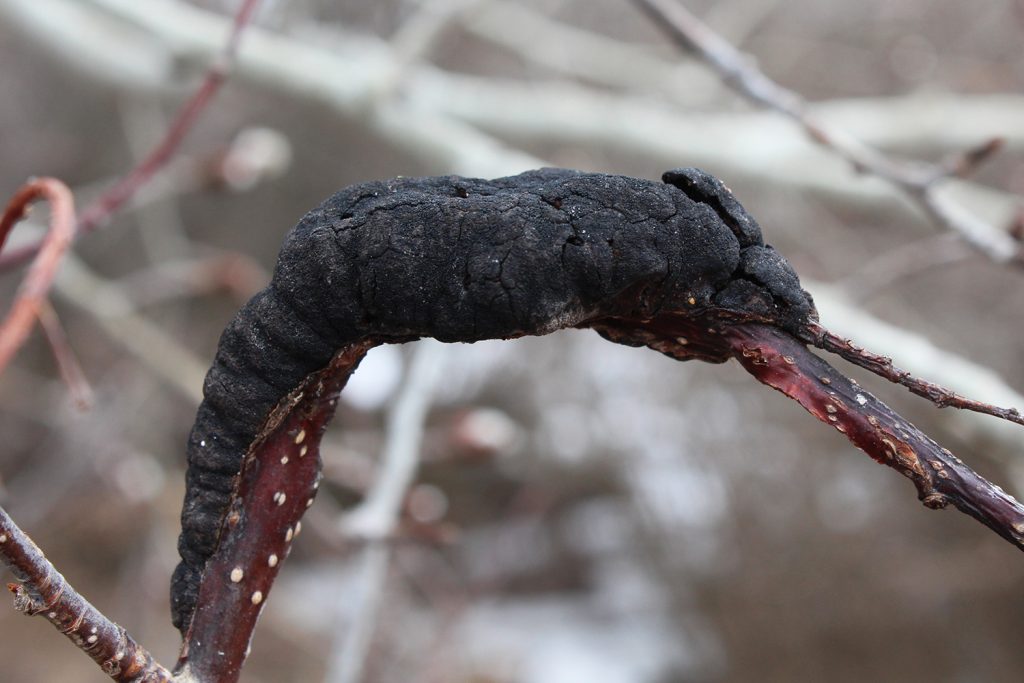How To Tell If Your Apples Are Ripe
September 4, 2023 | Orchard | 1 Comment

We have a number of apple trees here are our acreage, and several of them are producing apples each year. Unfortunately, we don’t know what all of the varieties are, and even if we did, the hot weather is messing with our apples’ usual ripening times. Given that different apple varieties can ripen anywhere from late July right into November (in climates that allow it), it can be a real challenge to figure out when to harvest your tree. While apples will ripen a bit once they are picked, it is much better to wait until they are ripe or just about ripe, in order to get the best flavor. So how do you know when your apples are ripe?
Our first clue is when the apples start to turn color. On one tree, the apples go from greenish to yellowish, with red flecks or stripes over top. On another, the apples turn mostly a lovely, dark red, with greenish skin where the sun didn’t hit them. That’s a useful clue if your trees have been producing for a while, but it’s not so helpful if this is the first or second year that tree has borne apples, as you may not know what color they are supposed to be. Having said that, most apples will at least go from ‘green-green’ to a more faded, yellowish base color, even if they don’t ripen completely red (or red at all).

Another hint is if the apples start to fall off the tree of their own accord, in a light wind, or if you brush them passing by. Sometimes, though, this means you’re too late, and the apples will have become mealy. It really depends on your tree, and experience will be the best guide, with that. We have one tree where the apples are really mealy by the time they are dropping off the tree, while another starts dropping apples before most of them are even really ripe. So again, this is a more useful clue if the tree has been bearing for a few years, and if you have been paying attention.

I often check for ripeness by giving a couple of apples a gentle tug, or a bit of a lift (toward the branch) and twist. Ripe apples tend to be quite easy to pick, and if you lift/tug with the same force each time, one day the apples will come off nicely, and at that point, they are probably ripe. Of course, there’s an exception that proves every rule, and I have a crabapple where the apples are never, ever easy to pick – they hang on the tree halfway through the winter – so this trick won’t work for every tree. It’s useful a lot of the time, though.
The two most accurate ways to tell if your apples are ripe are to cut them and look at the seeds, and to actually taste them. Tasting them will let you know for sure if they are ripe, but unripe apples can be quite an unpleasant surprise, especially if they’ve turned color and look like they should be sweet. Cutting the apple open, on the other hand, will tell you if it is ripe, and if it is, you can taste it without fear. A ripe apple will have very dark brown seeds (the inside of the seeds will still be white if you cut them in half, though), while an unripe apple will have white or light tan seed coats. You can see in the picture below that the apple on the right has dark seeds, indicating ripeness, while the one on the left has lighter tan and white seeds, and is not quite ripe.

We’re right in the middle of our apple harvest, here, as most of our trees are earlier apples, given our short season and early frosts. Hopefully, yours are ripe, soon, too!
















